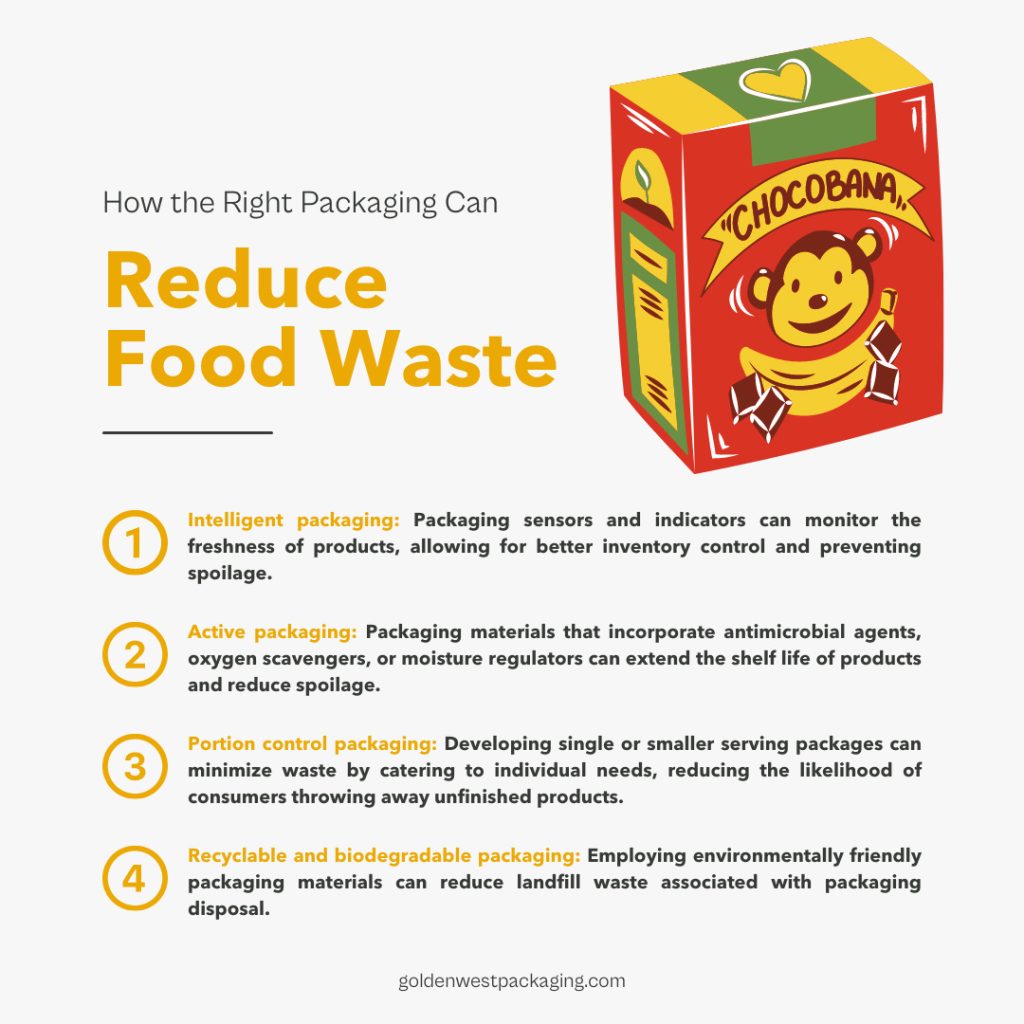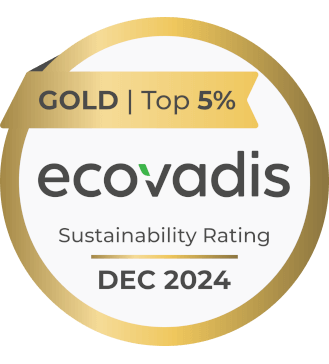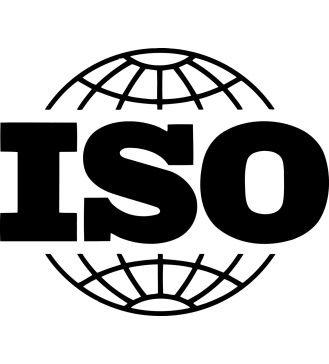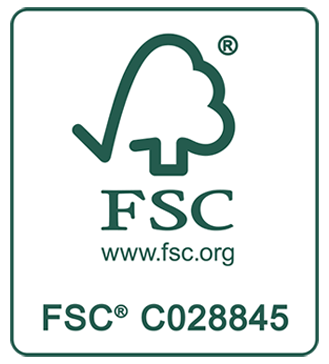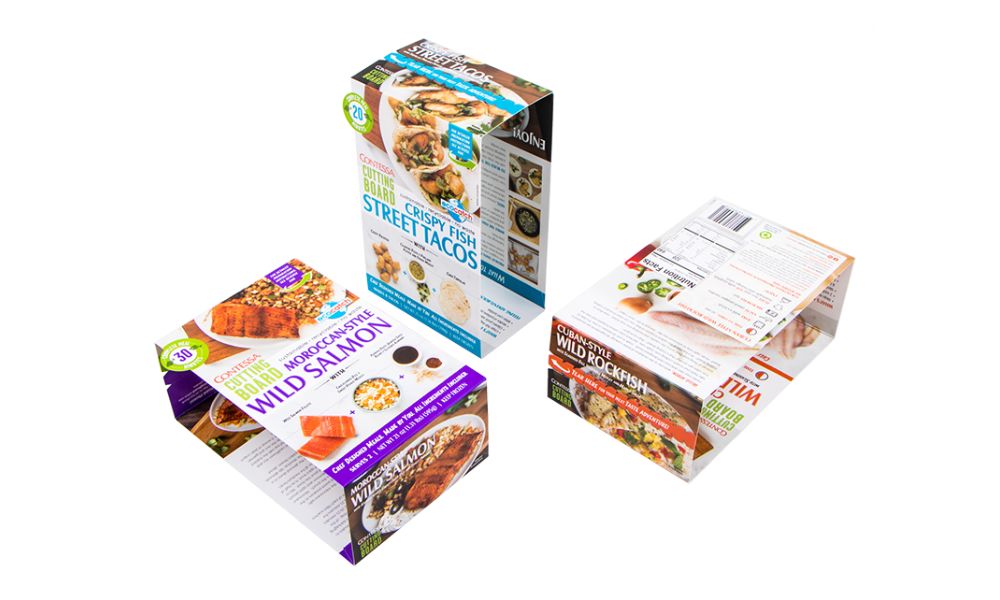
As someone who works in the food industry, you’re probably familiar with the challenge of reducing food waste. Maybe you’ve already implemented measures such as creating smaller portion sizes and using timed discounts to reduce wasted produce, but have you considered how packaging plays into this?
Choosing the right packaging can be a crucial part of a successful plan for reducing food waste, helping to extend shelf-life while ensuring your products stay safe during transport or storage. Keep reading to take a closer look at how your packaging strategy can combat food waste and the options available to you.
The Basics of Food Waste
Causes of Food Waste in Food Manufacturing
There are numerous factors that contribute to food waste in the food industry. Some common causes include:
1. Overproduction: Misjudging consumer demand can lead to the overproduction of food products, resulting in excess inventory or spoilage.
2. Processing and handling issues: Inefficient processes, incorrect packaging, and human error can cause product damage, spoilage, or contamination.
3. Storage complications: Poor storage conditions, like inadequate temperature control and humidity levels, can significantly reduce the shelf life of products.
4. Strict appearance standards: Consumers and retailers often have high aesthetic expectations, which can lead manufacturers to discard perfectly edible food because it doesn’t meet these standards.
Why Is Food Waste a Problem?
Food waste has significant environmental, social, and economic implications:
1. Environmental impact: The production of wasted food generates greenhouse gases, consumes valuable resources—such as water, land, and energy—and leads to unnecessary landfill waste, further contributing to pollution and climate change.
2. Social implications: With millions of people around the world suffering from food scarcity and malnutrition, wasting food is a significant ethical and moral issue.
3. Economic consequences: Food waste in the manufacturing process represents lost revenue for businesses, driving up the cost of products and negatively impacting the supply chain.
How Packaging Can Reduce Food Waste
Innovative packaging solutions have the potential to significantly mitigate food waste in the industry. Some effective approaches include:
1. Intelligent packaging: Packaging sensors and indicators can monitor the freshness of products, allowing for better inventory control and preventing spoilage. Examples include freshness indicators that change color when a product is no longer safe to eat and gas sensor labels that detect oxygen levels to monitor package integrity.
2. Active packaging: Packaging materials that incorporate antimicrobial agents, oxygen scavengers, or moisture regulators can extend the shelf life of products and reduce spoilage.
3. Portion control packaging: Developing single or smaller serving packages can minimize waste by catering to individual needs, reducing the likelihood of consumers throwing away unfinished products.
4. Recyclable and biodegradable packaging: Employing environmentally friendly packaging materials can reduce landfill waste associated with packaging disposal.
The Benefits of Sustainable Packaging
Sustainable packaging is becoming increasingly popular as a solution to reducing food waste. It’s environmentally friendly, provides a protective barrier against contamination, and extends the shelf life of food. With a lot of the world’s food supply going to waste each year, we must take steps to reduce this waste.
Sustainable packaging can achieve this by preventing food spoilage and increasing the item’s shelf life. By using sustainable packaging, we can reduce the amount of food that ends up in landfills and instead redirect it to those in need. Companies and individuals alike must embrace this change and make the switch to sustainable packaging to create a brighter future.
Eco-friendly food packaging could include compostable, reusable, or recyclable materials. You can use compostable materials to create nutrient-rich soil that can grow future crops. Similarly, you can wash reusable materials and use them again, reducing the need for single-use containers and packaging. And finally, turn recyclable materials into new products, reducing the amount of waste that ends up in landfills. By using these types of packaging materials, the food industry can reduce waste, protect the environment, and save money in the long run.
Packaging Strategies To Keep Food Fresh Longer
In a world where consumers demand fresh and high-quality food, packaging strategies play a crucial role in ensuring optimal freshness and shelf life of food products. Proper packaging keeps air and moisture away, maintains the temperature, and protects the food from external factors, such as light and dust, that can reduce its quality over time.
To achieve this, food manufacturing facilities should invest in high-quality packaging materials and innovative technologies, such as modified atmosphere packaging and vacuum packaging. Additionally, it’s crucial to conduct thorough testing on packaging to ensure it can withstand transportation and storage conditions while maintaining the desired freshness and quality. By prioritizing packaging strategies, companies can extend the shelf life of their products and improve their reputation.
Reducing Food Waste Through Proper Labeling and Tracking
Proper package labeling and tracking are crucial factors when it comes to reducing food waste. With the right approach, we can avoid throwing away products that could have served as nourishment.
One solution is innovative food packaging printing that lets customers and businesses know when the product will expire. This information empowers consumers to make more informed decisions and reduces the likelihood of food waste.
Furthermore, tracking and analyzing trends in food product consumption can help companies streamline their production processes to minimize waste on their end. By prioritizing proper package labeling and tracking methods, we can reduce the large amounts of food that go to waste each year.
The right packaging strategies can reduce food waste in the food manufacturing industry and beyond. It is important for companies to maximize product freshness, use sustainable materials, and use labels for accurate tracking. This will save them money and reduce environmental impacts from food going into landfills, such as greenhouse gas emissions.
Being mindful of these strategies will open up opportunities for greater efficiencies in business models, redirect resources to those who need them most, and benefit the global environment. Ultimately, taking a holistic approach by training staff and designing processes around managing waste can create long-term changes that ensure your company is doing its part to prevent unnecessary food waste and preserve our planet’s resources.
